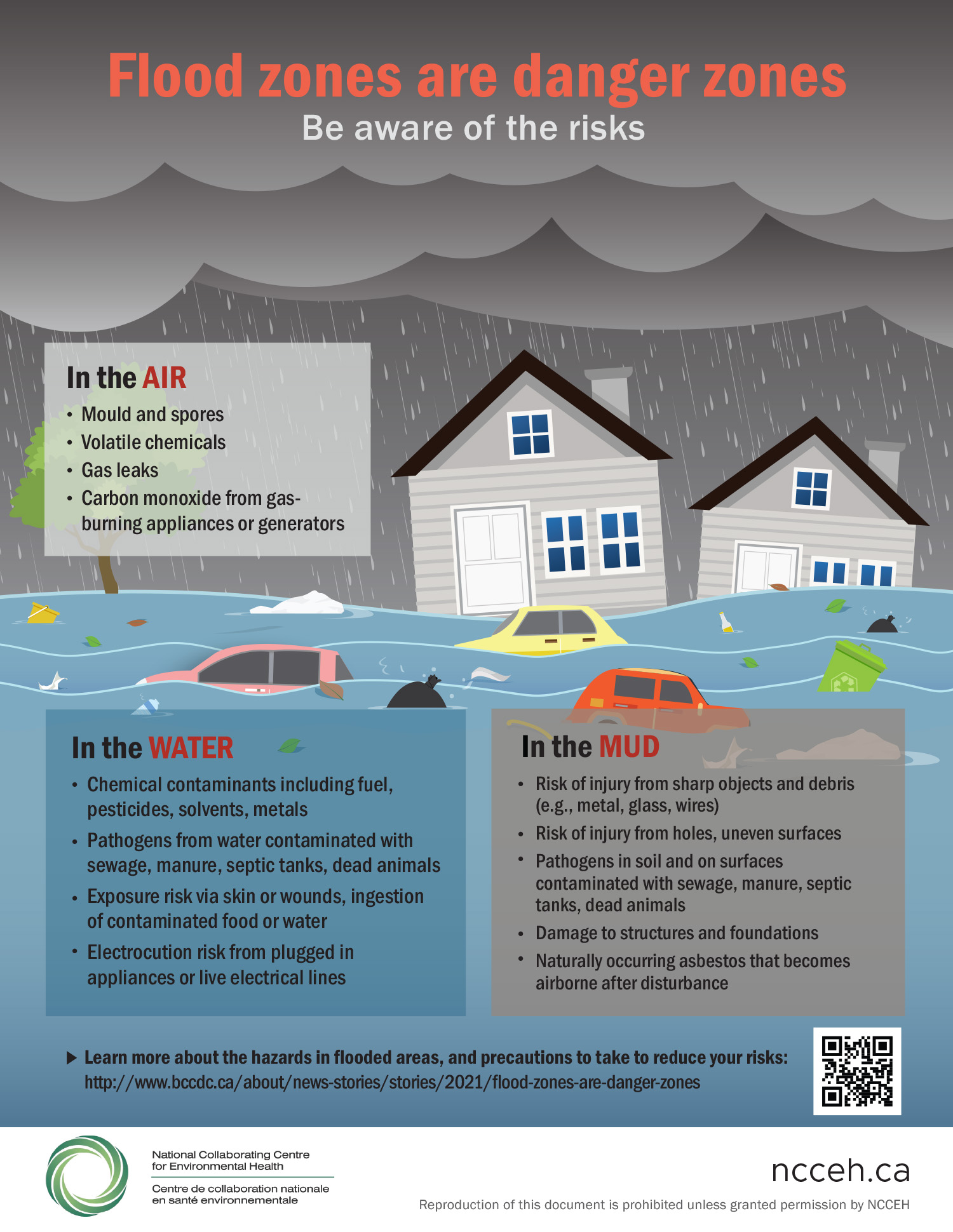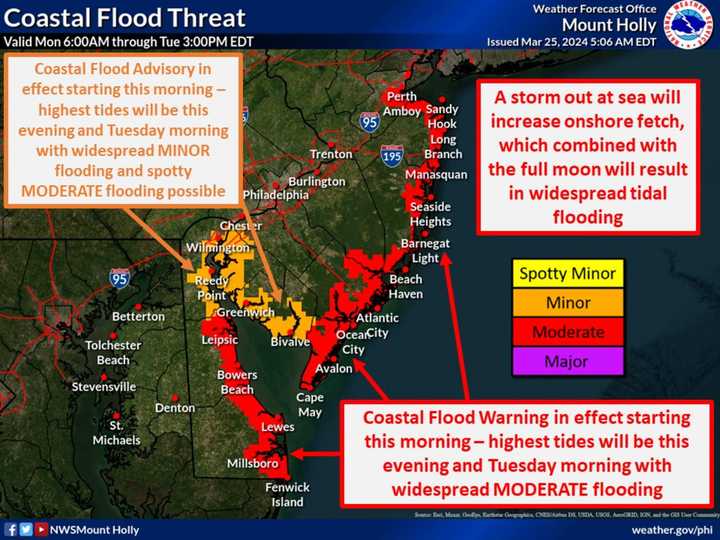Flash Flood Emergency: What To Know And How To Stay Safe

Table of Contents
Understanding Flash Flood Risks
Flash floods are characterized by their rapid onset, often with little or no prior warning. Understanding the warning signs and identifying high-risk areas are critical first steps in mitigating the dangers of a flash flood.
Recognizing Flash Flood Warning Signs
Several indicators can signal an impending flash flood. Being aware of these signs can give you valuable time to react:
- Rapidly rising water levels: Noticeable increases in water levels in streams, rivers, creeks, or even normally dry areas are major red flags.
- Sudden increase in water flow: A dramatic surge in water velocity, even in a small stream, suggests a potential flash flood.
- Heavy rainfall in a short period: Intense rainfall, especially in a short amount of time, is a primary cause of flash floods.
- Mud and debris flowing in waterways: The appearance of mud and debris in normally clear water indicates significant water flow and potential flooding downstream.
- Nearby dam or levee breach: A breach in a dam or levee can cause catastrophic and extremely rapid flooding downstream.
- Unusual sounds: Listen for the roar or gurgling of water, especially if it's unusual for your area. This can indicate a sudden and dangerous increase in water volume.
Identifying High-Risk Areas
Certain areas are inherently more susceptible to flash flooding. Recognizing these high-risk zones is essential for proactive safety measures.
- Areas near mountains, canyons, or hillsides: Steep slopes accelerate water runoff, increasing the risk of flash floods in these areas.
- Low-lying areas and floodplains: These areas are naturally prone to flooding due to their elevation and proximity to water sources.
- Areas with poor drainage: Areas with inadequate drainage systems are more likely to accumulate water rapidly during heavy rainfall, leading to flash floods.
- Canyons and dry washes in arid regions: While seemingly harmless, these areas can quickly become flash flood channels during heavy rains.
- Areas with recent wildfire damage: Wildfires remove vegetation, leading to increased soil erosion and runoff, significantly heightening the risk of flash floods.
Checking Weather Forecasts and Alerts
Staying informed is paramount. Regularly monitor weather reports and alerts issued by your local National Weather Service or equivalent meteorological agency.
- Sign up for emergency alerts: Most smartphones offer options to receive emergency alerts directly, including flash flood warnings.
- Utilize weather apps: Many reliable weather apps provide real-time updates, including flash flood warnings and radar images.
- Listen to local news: Local news broadcasts often provide crucial updates during severe weather events.
Preparing for a Flash Flood
Preparation is key to mitigating the damage and danger of a flash flood. A comprehensive plan and protective measures can make a significant difference.
Developing a Family Emergency Plan
A well-defined family emergency plan ensures everyone knows what to do during a flash flood.
- Establish a meeting place: Designate a safe meeting point outside of flood-prone areas.
- Identify evacuation routes: Plan several evacuation routes to higher ground, considering potential road closures.
- Pack an emergency kit: Assemble a kit containing essential supplies like water, non-perishable food, first-aid supplies, medications, important documents, flashlights, and a battery-powered radio.
- Learn basic first aid and CPR: Knowing basic first aid and CPR can be crucial in an emergency situation.
Protecting Your Property
Taking proactive steps to protect your property can minimize damage during a flash flood.
- Clear debris and obstructions: Regularly clean drains and gutters around your house to prevent water buildup.
- Elevate valuable possessions: Move important documents, electronics, and valuable items to higher floors or shelves.
- Consider flood insurance: Flood insurance can provide crucial financial protection in case of damage.
- Know the location of your nearest high ground: Identify the nearest safe, elevated location for potential evacuation.
Responding to a Flash Flood Emergency
Knowing how to react during a flash flood is critical for survival. Swift and decisive action is paramount.
Evacuating Safely
If a flash flood warning is issued or you observe rapidly rising waters, evacuate immediately.
- Follow instructions: Heed all instructions from emergency officials; they are your best source of information.
- Move to higher ground: Evacuate to a safe, elevated location, well away from the floodwaters.
- Never drive or walk through floodwaters: Floodwaters can be deceptively deep and fast-moving, easily sweeping away vehicles and people. The depth of the water is not always visible. Even a few inches of fast-moving water can knock you off your feet.
- Do not try to outrun a flash flood: This is extremely dangerous. The speed and force of the water are unpredictable and overwhelming.
Staying Safe During a Flash Flood
If evacuation isn't immediately possible, take these crucial safety precautions:
- Turn off utilities: If it’s safe to do so, turn off gas, electricity, and water to prevent further damage or injury.
- Stay away from power lines and electrical equipment: Floodwaters can conduct electricity, posing a lethal threat.
- Listen for emergency alerts and updates: Stay informed about the evolving situation.
- Monitor the water level closely: Be aware of debris and rapidly changing water currents.
Post-Flood Actions
After the flash flood subsides, several important steps must be taken.
- Report any damage: Contact your local authorities to report any damage to property or infrastructure.
- Avoid floodwaters: Floodwaters can be contaminated with sewage, chemicals, and other harmful substances.
- Use caution when entering a building damaged by floodwaters: Structural damage may not be immediately apparent.
- Contact your insurance company: Begin the process of filing an insurance claim for any damages.
Conclusion
Flash floods are a serious threat, but by understanding the risks, preparing effectively, and responding appropriately, you can significantly reduce the danger. Remember to regularly check weather forecasts for flash flood warnings, create a family emergency plan, and never underestimate the power of these sudden and devastating events. Stay safe and informed to protect yourself and your community from flash floods. Learn more about flash flood safety and preparedness in your area to stay informed and mitigate risk. Develop a comprehensive flash flood plan to ensure the safety of your family and property.

Featured Posts
-
 Atletico Madrid In Geriden Gelisinin Sirri
May 25, 2025
Atletico Madrid In Geriden Gelisinin Sirri
May 25, 2025 -
 Ferrari 296 Speciale Novo Motor Hibrido De 880 Cv
May 25, 2025
Ferrari 296 Speciale Novo Motor Hibrido De 880 Cv
May 25, 2025 -
 El Baile De La Rosa 2025 Carolina De Monaco Alexandra De Hannover Y Los Vestidos Que Brillaron
May 25, 2025
El Baile De La Rosa 2025 Carolina De Monaco Alexandra De Hannover Y Los Vestidos Que Brillaron
May 25, 2025 -
 Pennsylvania Coastal Flood Warning Southeast Region Wednesday
May 25, 2025
Pennsylvania Coastal Flood Warning Southeast Region Wednesday
May 25, 2025 -
 Claire Williams And George Russell A Look At Their Formula 1 Relationship
May 25, 2025
Claire Williams And George Russell A Look At Their Formula 1 Relationship
May 25, 2025
